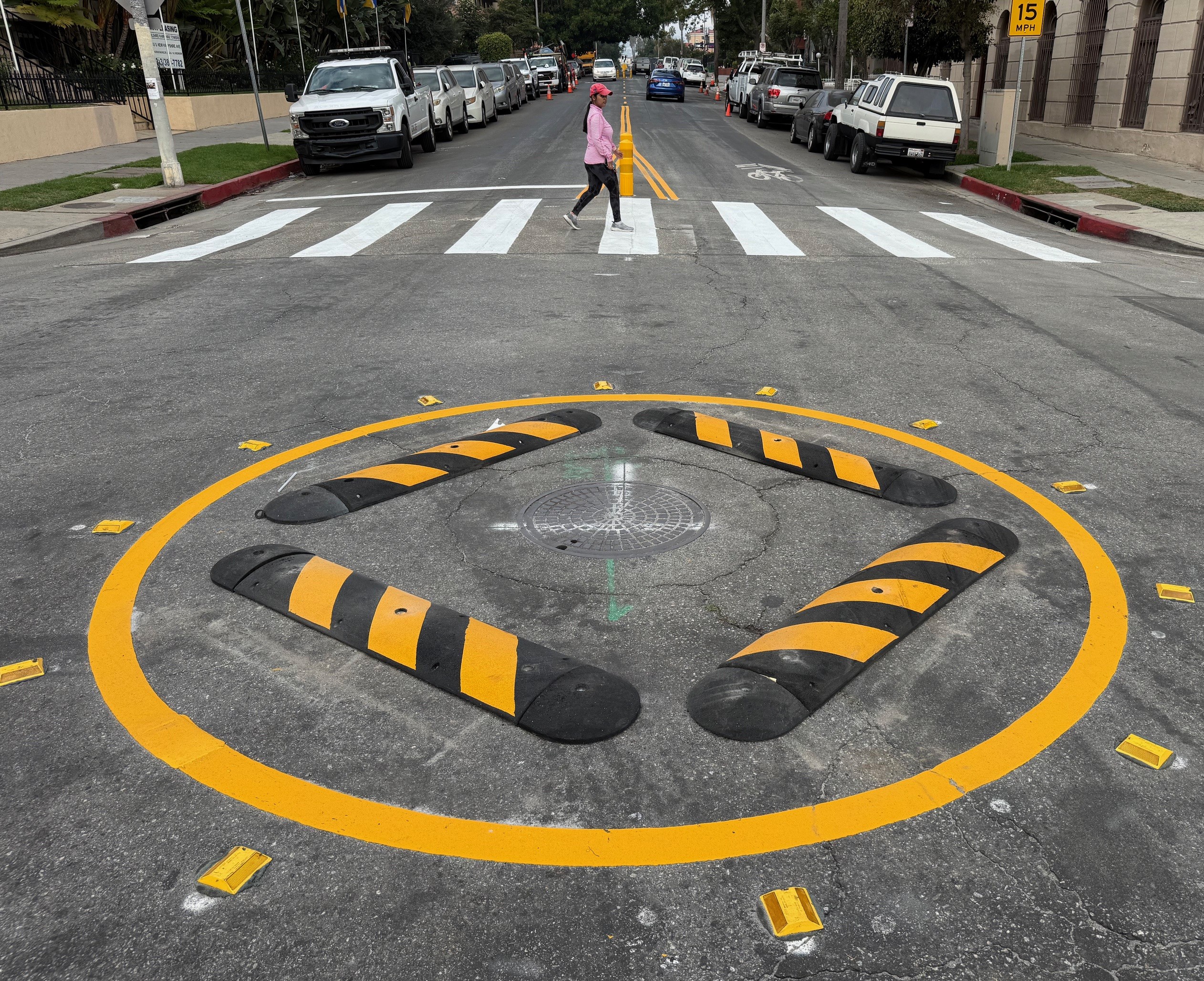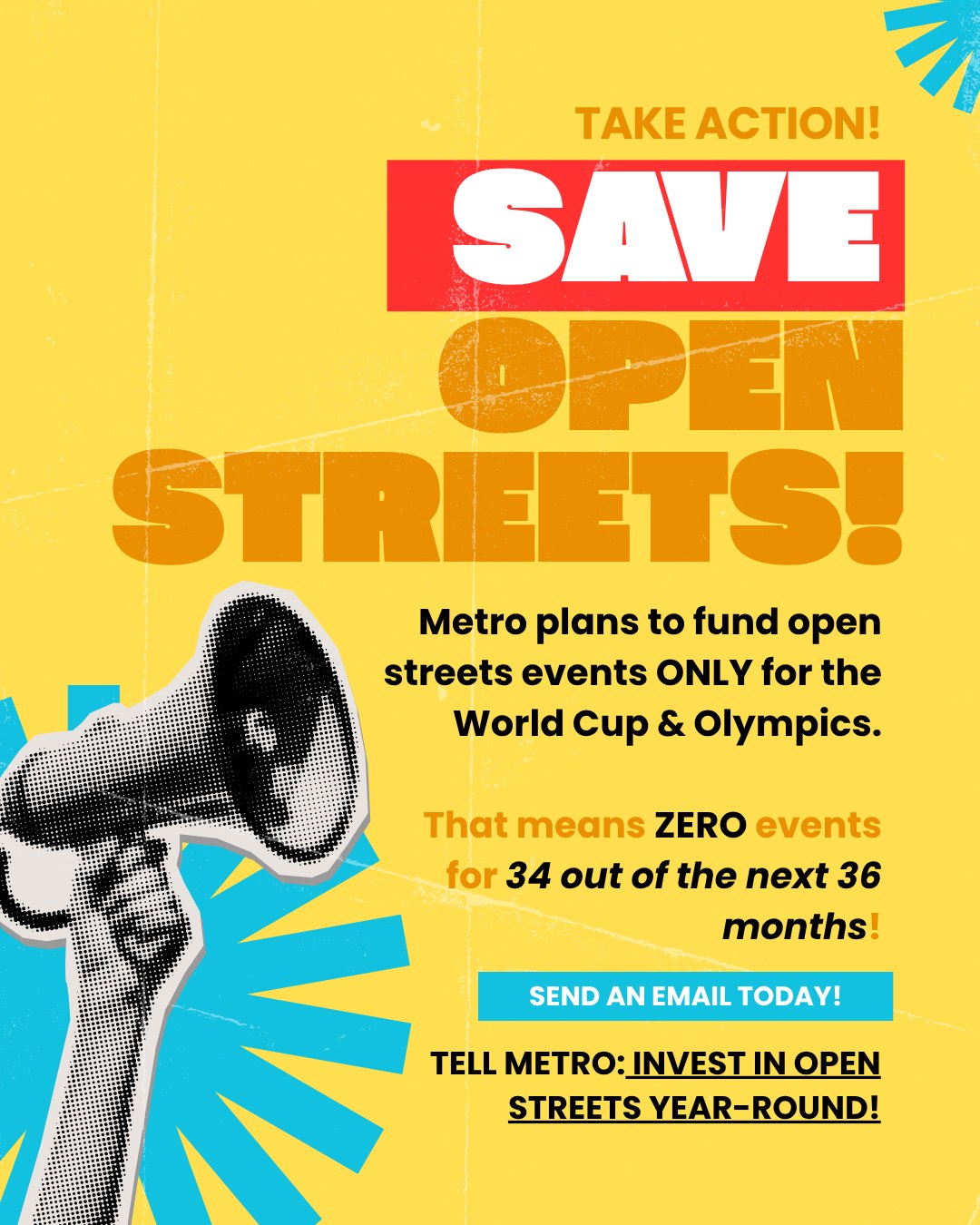My apologies, readers: Anderson Cooper did another segment slandering high-speed rail last month and it’s taken me this long to bring it to your attention.
And the truth is, I don’t mean to hammer on Anderson Cooper. His “Keeping Them Honest” series has done some good work recently, looking into the IRS scandal and the failure of law enforcement to investigate rape cases. But why he insists on targeting the nation’s high-speed rail program -- a good program showing excellent results -- as a national “boondoggle” is beyond me.
Part Three, aired June 14, examines the California high-speed rail project, which it snarkily calls the “crown jewel” and the “best hope” of the federal rail effort. And it's about time Cooper’s program finally turns to California, after wasting time kvetching about good little projects in Vermont and Washington state. If they wanted to take a look at what’s going on with high-speed rail in America, I said at the time, they should look at California. And now, they have.
The problem is that Cooper (played in this episode by John King) and reporter Drew Griffin demand instant gratification when megaprojects like these take many years.
Griffin notes that California voters overwhelmingly approved a bond measure for “a bullet train connecting Los Angeles with San Francisco in a little more than two hours,” but then complains that “like many high-speed rail projects across the country, it hasn’t happened yet."
Certainly, the California project has gotten bogged down in many political and financial controversies. Cost estimates have vacillated, legal challenges have been overcome, and along the way, the project has lost a good many supporters. But the fact that the 432-mile rail line “hasn’t happened yet” -- less than five years after the bond measure passed -- is not one of its flaws. The first 130-mile segment in the Central Valley is set to begin construction this summer, with a target completion date of December 2017. The full San Francisco-to-LA trip won’t be possible until 2029, according to the California High-Speed Rail Authority.
In a desperate attempt to point out where the project has stumbled, John King mentions that the first part of the project “was supposed to break ground this summer.”
“Well summer’s almost here, a week away,” King said ominously (remember, this was June 14). “The groundbreaking date: now pushed back until late next month.” Meaning, July. That still counts as summer, fellas. Not even late summer.
The goal of getting between Los Angeles and San Fransisco in under three hours hasn’t changed either. (Griffin later clarifies that by “a little more than two hours” he means the trip will take “two hours and forty minutes.”) Which is still the goal, despite the grievous fact that, as Griffin notes, the trains will, in some places, travel at speeds lower than 220 miles per hour.
Griffin also calls attention to the “blended system,” which requires the fast trains to share track with others -- but he doesn’t mention that the idea is for them to share track with other passenger trains, as Amtrak’s Acela trains do on the Northeast Corridor without too much trouble. Sharing track with commuter rail isn't nearly as problematic as sharing with freight trains, as Amtrak does in many parts of the country. Plus, the plan to share tracks with Metrolink and Amtrak trains in California is, for now, only a temporary measure before more track gets built.
That’s not to say the "blended" plan is particularly popular. Lots of people would rather see dedicated track from the get-go. But the cost estimate of $98 billion shocked the bejeezus out of people and forced the Authority to cut some corners. This is one of them. They were able to bring the estimate down by almost a third.
Drew Griffin interviewed one person for his story: former California High-Speed Rail Authority chief Quentin Kopp, now a prominent skeptic. Kopp is a compelling voice, for sure -- one of the project’s most ardent backers turned sour on the idea. But it wouldn’t have been hard to find someone to talk to who can speak to the promise of the project. I guess they just didn’t want to.






